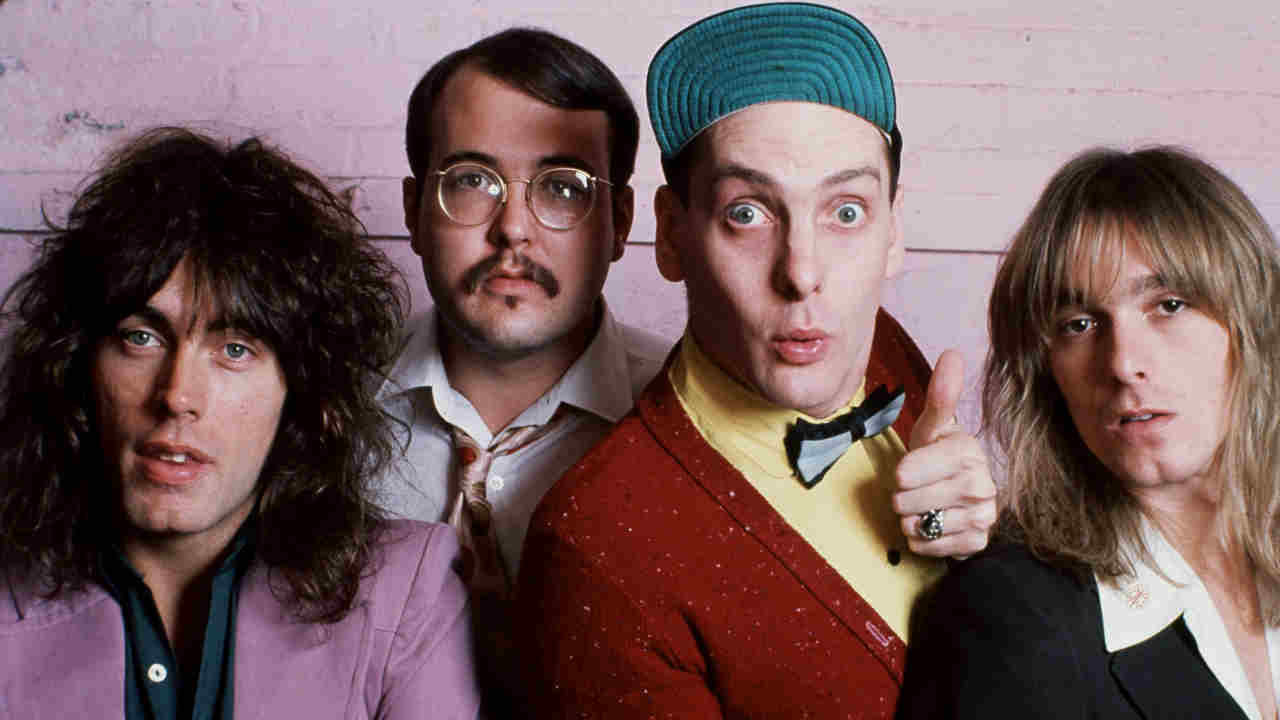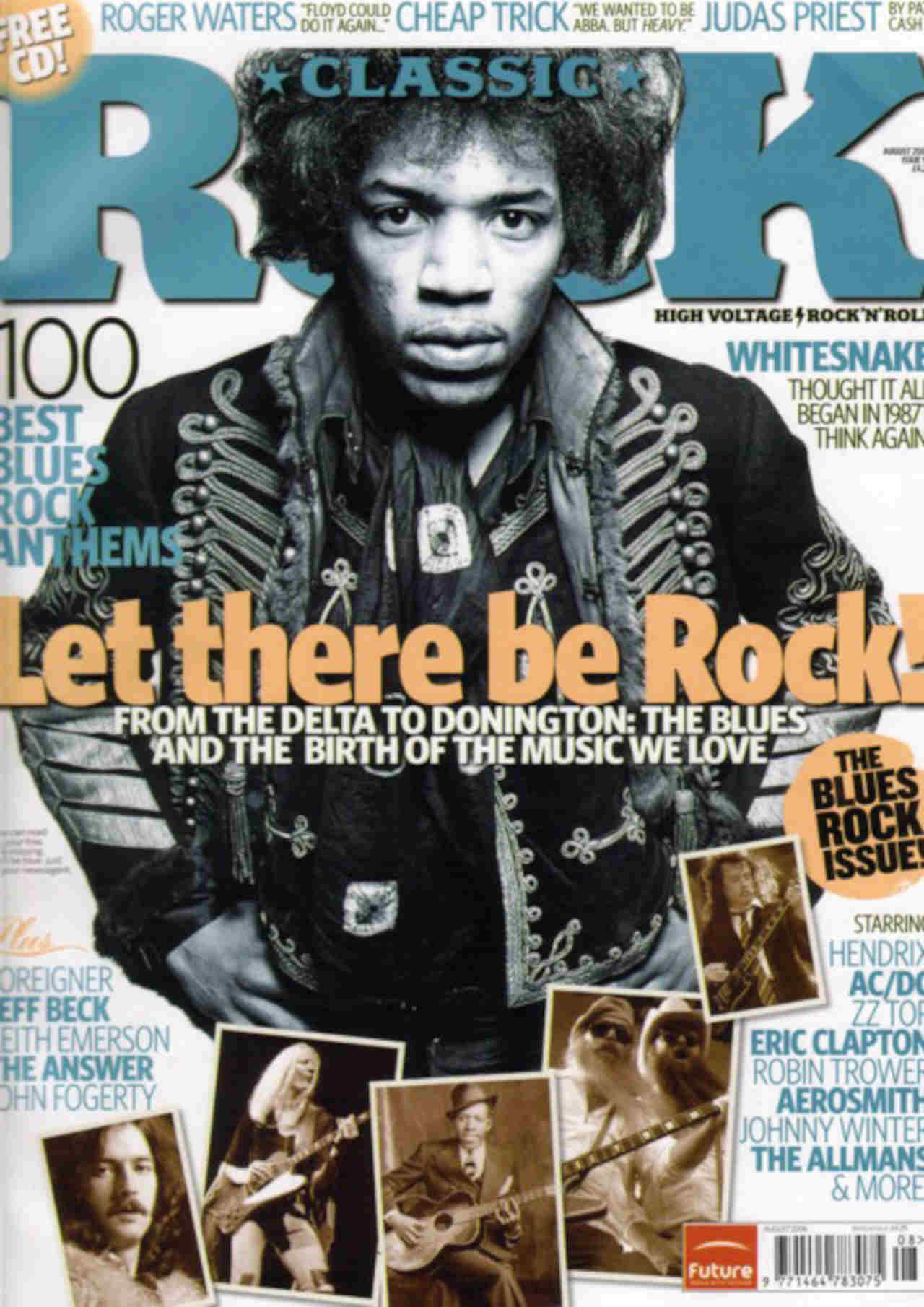“He thought: ‘I’m just going to do an over-the-top pop song’ – a heavy metal pop song”: The flop single that became a power-pop classic thanks to one of the greatest live albums of the 70s
It finally launched the career of one of rock’s greatest bands

With the break-up of bands such as Big Star and The Raspberries, by the mid-70s power pop looked to be heading for extinction, as prog rock and disco filled the airwaves and record racks worldwide. But with punk rock bringing ‘short but sweet’ song structures back in vogue, a new crop of power pop bands emerged.
One such band was Rockford, Illinois’s Cheap Trick. And it would be a song they’d been working up since their bar days, I Want You To Want Me, that put them on the map. However, the song had to wait until it was recorded live, on album number four, to make its impact.
According to Cheap Trick bassist Tom Petersson, the song was originally written as a lark by guitarist Rick Nielsen.
“My recollection is that he just did that song as a bit of a joke, because at the time when we had done that song there was a lot of pop music on the radio – ABBA, and all sorts of things, disco,” says Petersson.

“He thought: ‘I’m just going to do an over-the-top pop song. I just want to do one that’s so silly – total pop – and then we’ll do a heavy version of it’. He didn’t know what was going to happen with it. The idea was to have it like a heavy metal pop song. Cheap Trick doing ABBA – except a very heavy version.”
Nielsen himself explains his unique perspective of writing the song.
“I just pictured myself in a big, overstuffed chair, and my dad turned on the TV; there were like three stations. I wanted to watch Gabby Hayes – he was a cowboy,” the guitarist reveals. “I always wanted what wasn’t there, so I think that’s what made me inquisitive throughout my whole life.
“When you wanted Gabby, Gabby’s not there; when you want your dad, your dad is not there. It was the easiest lyric I could think of. And I wish I were that stupid more often. It’s like Van Morrison – with some of this old songs it didn’t matter what the lyrics meant, it’s how they sounded.”
The song that has become synonymous with power pop went through an interesting transformation. During sessions for their self-titled 1977 debut album with producer Jack Douglas, Cheap Trick laid down an almost punk/garage version of it (Petersson: “It was more like The Yardbirds”), but that one was ultimately shelved (it later popped up on the album’s 1998 CD reissue).
For their second album, In Color, later that same year, Cheap Trick revisited the song – and recorded it as a barely recognisable lounge-y version that completely neutered the infectiousness of the original.
“It turned out that the studio version was not produced in the way we would have done it.” Petersson says. “And we’ve never done it since like that anyway – with a little ‘Shakey’s Pizza Parlour piano’ and twinky little sounds. It was like, ‘Ugh!’.”
With Cheap Trick building a fanbase by steady touring in the US, word came back that they were already superstars in Japan by the release of their third studio record, 1978’s Heaven Tonight. Japanese dates were soon booked, a sold-out performance at Tokyo’s cavernous Budokan was recorded, and Cheap Trick finally had their definitive version of I Want You To Want Me.
However, Petersson recalls that the song didn’t stand out from the pack on that night it was recorded in Tokyo.
“That in particular was no more of a hit than anything else. We had, for some reason, had several hit singles over there, so they were just going bonkers no matter what we did. It wasn’t that they were sitting there politely applauding, and then all of a sudden I Want You To Want Me came on and they went wild, they were going wild no matter what.”
Nielsen shares Petersson’s sentiment: “It was just as bad as all the other songs that were out at the time. It’s hummable and it’s listenable. Dick… I’ll give it a 10!”
With 1979’s At Budokan live album racking up impressive sales initially as a high-priced Japanese-only import, the bigwigs at Epic got wise and released the album domestically. A smart move, as the album was a blockbuster hit, spurred on by the monster success of the live I Want You To Want Me as a single.
“That was surprising,” Petersson confesses. “We didn’t have any idea. What we think are going to be hits, we kind of go both ways – we think everything should be a hit, or we don’t really expect it. So it’s always something that is a surprise, I’ve found – like that live record.
“And it shouldn’t be a surprise, because that’s how we were signed to a record label – people saw us live, and that was a strong suit of ours.
“When we did I Want You To Want Me on the second album, it sounded nothing like us and it wasn’t successful. So it turned out that the live thing worked.”
The ‘live thing’ certainly did work for Cheap Trick. The album eventually sold three million in the US, turned them into an arena headliner, and eventually led to the release of an expanded version, At Budokan: The Complete Concert, in 1998.
Ever since, I Want You To Want Me has been in Cheap Trick’s live set each and every night. But, Nielsen says, they haven’t tired of playing it.
“We play to a different audience every night, so it’s not like you’re playing it to somebody who’s heard it every night like we have. It makes people clap, smile and have fun. Gee, if we were certain bands we wouldn’t do it. But we’re Cheap Trick – it’s good to get applause.”
This feature was originally published in Classic Rock issue 95 (June 2006)
Contributing writer at Classic Rock magazine since 2004. He has written for other outlets over the years, and has interviewed some of his favourite rock artists: Black Sabbath, Rush, Kiss, The Police, Devo, Sex Pistols, Ramones, Soundgarden, Meat Puppets, Blind Melon, Primus, King’s X… heck, even William Shatner! He is also the author of quite a few books, including Grunge Is Dead: The Oral History of Seattle Rock Music, A Devil on One Shoulder And An Angel on the Other: The Story of Shannon Hoon And Blind Melon, and MTV Ruled the World: The Early Years of Music Video, among others.
You must confirm your public display name before commenting
Please logout and then login again, you will then be prompted to enter your display name.


